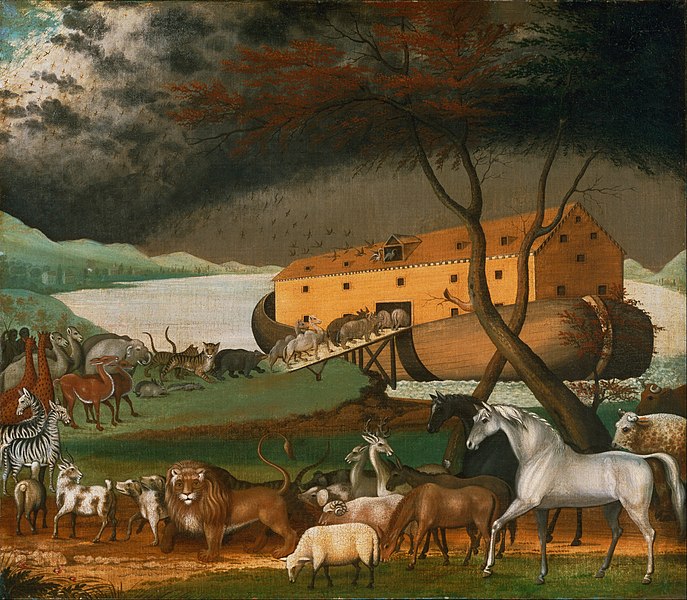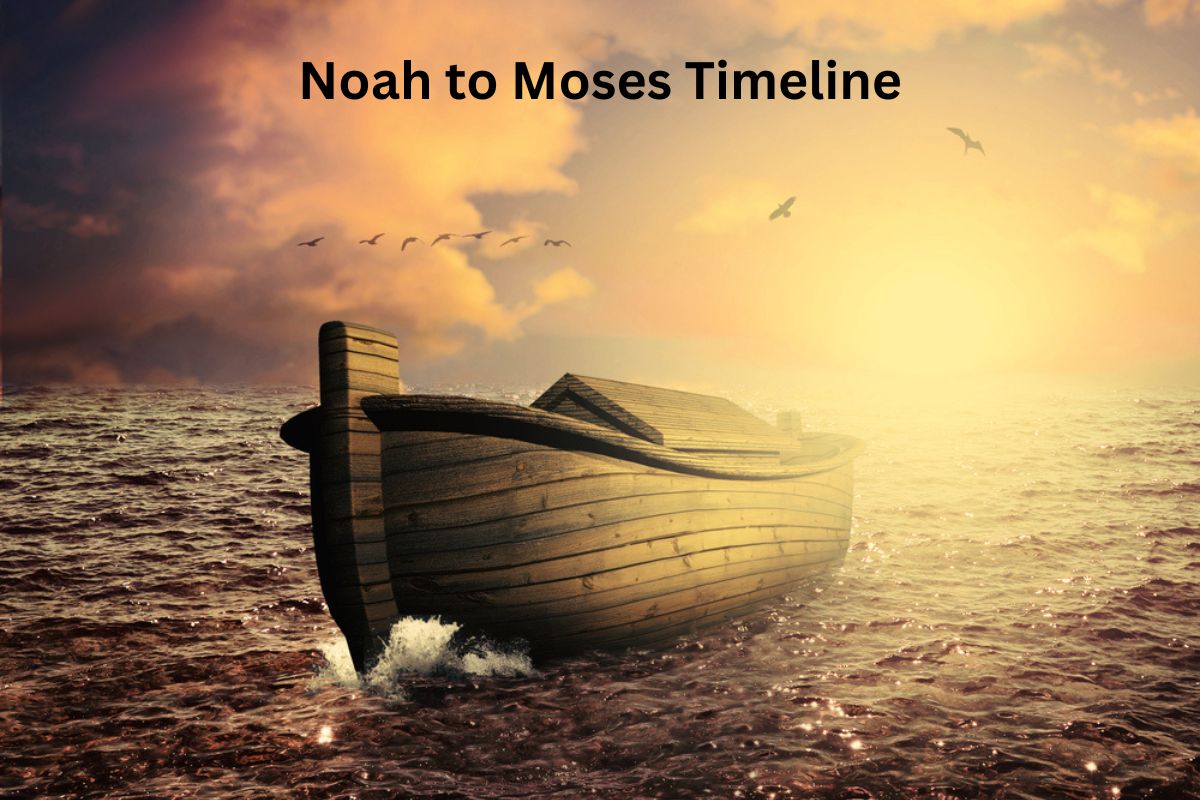In the pages of the Bible, the stories of Noah and Moses stand as timeless tales of faith, obedience, and divine intervention. These two figures, separated by centuries, played pivotal roles in pivotal moments of biblical history.
Noah: Noah, who lived around 2,300 BC, is best known for the story of the Ark. He was chosen by God to construct a massive vessel to save humanity and animals from a catastrophic flood that lasted 40 days and nights.
Noah’s unwavering obedience and the survival of his family became a symbol of God’s mercy and covenant.
Moses: Moses, a central figure in the Bible, lived around 1,400 to 1,200 BC. He was born during a time when the Israelites were enslaved in Egypt, raised in Pharaoh’s household, and later became the chosen leader to lead the Israelites out of bondage.
His life was marked by encounters with God, including the burning bush and the reception of the Ten Commandments on Mount Sinai.
The stories of Noah and Moses continue to resonate with people around the world, offering lessons in faith, resilience, and the transformative power of divine guidance. In this exploration, we delve into their lives and the significant events that shaped their roles in biblical history.
| Biblical Figure | Approximate Timeline | Key Events and Details |
|---|---|---|
| Noah | Around 2,300 BC | – Story of Noah and the Ark in Genesis. |
| – Building the Ark to survive the Great Flood. | ||
| – The Great Flood lasting 40 days and nights. | ||
| Moses | Around 1,400-1,200 BC | – Born during Israelite slavery in Egypt. |
| – Raised in Pharaoh’s household. | ||
| – Fleeing Egypt, spending 40 years in the desert. | ||
| – Encounter with the burning bush and receiving | ||
| the mission to lead the Israelites to freedom. | ||
| – The Exodus, leading Israelites out of Egypt. |
Timeline of Noah to Moses
1. Noah
Approximate Timeline: Around 2,300 BC
Noah is a biblical figure whose story is primarily found in the Book of Genesis. He lived in ancient times, around 2,300 BC according to traditional biblical dating.

Key Events and Details:
Story of Noah and the Ark in Genesis:
Noah is best known for the story of the Ark, where God chose him to build a massive wooden vessel to save himself, his family, and a pair of every kind of animal from a catastrophic flood. This event is detailed in Genesis chapters 6 to 9.
Building the Ark to Survive the Great Flood:
In obedience to God’s command, Noah constructed the Ark over a considerable period, taking meticulous care to follow the specific instructions provided by God. The Ark was designed to withstand the impending deluge and to serve as a refuge for living creatures.
The Great Flood Lasting 40 Days and Nights:
According to the biblical account, after the Ark was completed, a great flood covered the entire Earth for 40 days and 40 nights. Only those on the Ark survived this cataclysmic event.
After the floodwaters receded, the Ark came to rest on Mount Ararat, and Noah and his family were able to disembark, repopulating the Earth.
Also Read: Moses Timeline
Noah’s story is a significant part of the biblical narrative, illustrating themes of divine judgment, obedience, and God’s covenant with humanity.
2. Moses
Approximate Timeline: Around 1,400-1,200 BC
Moses is one of the most prominent figures in the Bible and is central to the Old Testament narrative. He lived during a period estimated to be around 1,400 to 1,200 BC, although the exact dates are not provided in the biblical text.

Key Events and Details:
Born During Israelite Slavery in Egypt:
Moses was born during a time when the Israelites were enslaved in Egypt. His birth is a pivotal moment in the biblical narrative.
Also Read: Timeline of Moses to Jesus
In an effort to save him from Pharaoh’s decree to kill all male Hebrew infants, his mother placed him in a basket and set him adrift on the Nile River. He was discovered and raised in the household of Pharaoh.
Raised in Pharaoh’s Household:
Moses grew up in the royal court of Egypt as an adopted son of Pharaoh’s daughter. He received an education and had privileges associated with his status.
Fleeing Egypt, Spending 40 Years in the Desert:
After killing an Egyptian taskmaster who was mistreating an Israelite slave, Moses fled Egypt to escape Pharaoh’s wrath. He spent 40 years in the wilderness, living as a shepherd in Midian.
Encounter with the Burning Bush and Receiving the Mission:
While tending his flock, Moses had a profound encounter with a burning bush that was not consumed by the fire. From the bush, God spoke to Moses, commissioning him to return to Egypt and lead the Israelites out of bondage. It was during this encounter that God revealed His name as “I AM WHO I AM.”
The Exodus, Leading Israelites Out of Egypt:
Moses returned to Egypt with his brother Aaron and confronted Pharaoh, demanding the release of the Israelite slaves. After a series of plagues, Pharaoh finally relented, and Moses led the Israelites in the event known as the Exodus, a miraculous escape from Egypt. They eventually received the Ten Commandments and other laws from God on Mount Sinai during their journey.
Moses’ life is marked by his pivotal role in the liberation of the Israelites from Egyptian slavery and his leadership during their journey in the wilderness. His story is central to the biblical narrative and has had a profound impact on religious and cultural traditions.
